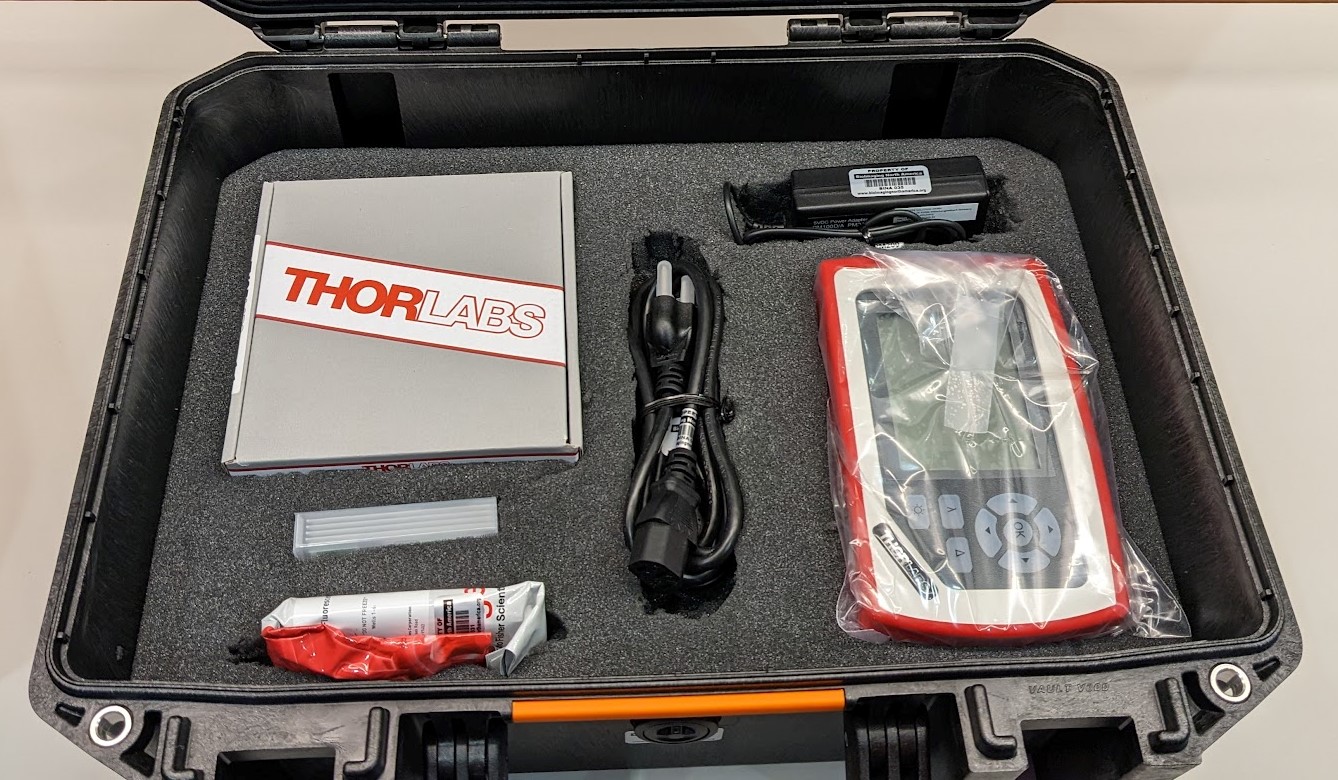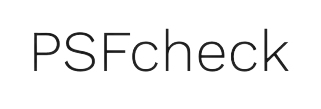BINA Metrology Suitcase Program
Introduction | Metrology Suitcase Program | Resources |
Introduction
What is Scientific Metrology?
Metrology is defined by the International Bureau of Weights and Measures (BIPM) as “the science of measurement, embracing both experimental and theoretical determinations at any level of uncertainty in any field of science and technology.” (Brown, 2021) It focuses on developing new measurement units, measurement unit systems, and methods, as well as the creation and maintenance of measurement standards and their transfer to users.
Metrology facilitates data integrity and accuracy by identifying measurement uncertainty and by providing confidence in the data collected with the system. As such, a quality management system will monitor the trend in the performance metrics of an instrument and will help determine when a re-calibration of the system is needed.
Why is Scientific Metrology and Instrument QC Important?
Control, control, and control again…
Unless you plan to be the only one acquiring your image data (here we assume more than one image is needed) on the same day, in a very short period, on the same instrument, and in the same environmental and ambient conditions, chances are you will introduce non-biological variables into your dataset related to the image acquisition, in addition to the variables introduced at the sample preparation level. Have you thought of including control experiments to consider these variations?
Studies have shown that more than 70% of researchers who tried to repeat another scientist’s experiments failed, while more than 50% failed to reproduce even their own experiments (Baker, 2016). One factor behind the reproducibility crisis of experiments published in scientific journals is the frequent underreporting of imaging methods caused by a lack of awareness and/or a lack of knowledge of the applied technique (Marqués et al., 2020; Sheen et al 2019).
Another important contributor to the reproducibility crisis is the absence of quality controls (QCs) performed on the instrument that was used to collect the data presented. While QC procedures for some methods used in biomedical research, such as genomics (e.g., DNA sequencing, RNA-seq), have been introduced and implemented (e.g. ENCODE), this is not the case for optical microscopy instrumentation and image data. While calibration standards and protocols have been published, there is a need to increase awareness and agreement on common standards and guidelines for quality assessment in light microscopy (Nat Methods 2018,15,395).
How Metrology and Instrument QC can help you?
The absence of quality controls from your imaging systems can lead to erroneous interpretation of your image data and scientific claims that no one will be able to reproduce. Is this a biological effect or a bias introduced by the imaging systems? By using control experiments specifically designed to measure the performance of your imaging system, you can discern real biology from artifacts. These control experiments may include measures of the illumination power and uniformity, the sensor sensitivity, and/or the optical lateral and axial resolution. If multiple channels (colors), multiple fields of view, or a time series are involved, measures of the system chromatic aberration and co-registration as well as the stage focus and precision can be included (Nelson, G. et al. 2021). These control experiments measuring the quality and performance of your imaging system can be used to identify changes over time (trend) and aging or malfunction of the component of your imaging system. They can also be used to compare different imaging systems’ performance. More importantly, they can be used to identify batch effects in your image dataset or correct such effects using normalization or recalibration in specific instances (Nelson, G. et al. 2021; Faklaris et al. 2022).
Guidelines are still emerging to define and standardize how to measure the performance of your imaging systems, which tools to use, and at which frequency these measures should be performed. Below is a non-exhaustive list of several tools and resources are being developed to help bioimaging scientists improve the quality and management of their image data
See Resources
____________________________________________________
Metrology Suitcase Program
Be a part of the growing community that is performing quality controls and standardizations of their instruments
BINA’s Quality Control and Data Management Working Group (QCDM WG) leads the BINA Metrology Suitcase program, inspired by a similar initiative from the French Network for Multidimensional Optical Fluorescence Microscopy (RTmfm) along with members of France BioImaging (Faklaris et al. 2022).
What is in the case?

The protective hard shell case contains
- a Power meter (ThorLabs PM100D) with Microscope Slide Power Sensor, 350 – 1100 nm, 150 mW (ThorLabs S170C)
- a bead slide (home made) for point spread function (PSF) monitoring
All nestled in protective foam padding to protect it during shipping.

Pilot Phase
BINA’s Metrology suitcase initial pilot program provides a small, hard shell case containing tools and resources needed to conduct light source intensity/stability measurements and point spread function monitoring on light microscopy instruments.
The case and its components were first distributed in test facilities within the BINA community (1 in Canada, 1 in Mexico, and 4 across the US distributed between the east (2) and west coasts and central US) to ensure the instructions and protocols were clear, and that we were providing users with a realistic indication of the time commitment needed.
We have learned from this first phase and are now improving our documentation and expectations. Stay tuned, for a report on lessons learned from the Pilot Phase of the Metrology Suitcase Program.
Do you want to be part of it?
Contact BINA (contact@bioimagingna.org) to request the suitcase and start learning and experimenting with metrology, and we’ll connect you with your local suitcase ambassador.
What if I already have the tools to perform the measurements?:
If you own a power meter, beads and slides TRY THE TWO PROTOCOLS BELOW:
- The BINA Metrology Suitcase uses
Illumination Power, Stability, and Linearity Measurements for Confocal and Widefield Microscopes (QUAREP-LiMi WG1 protocol) - Monitoring the point spread function for quality control of confocal microscopes (QUAREP-LiMi WG5 protocol)
Resources
- Brown RJC. Measuring measurement – What is metrology and why does it matter? Measurement (Lond). 2021 Jan 15;168:108408. doi: 10.1016/j.measurement.2020.108408. Epub 2020 Sep 4. PMID: 32901165; PMCID: PMC7471758.
- BIPM, Worldwide metrology: What is metrology? https://www.bipm.org/en/worldwide-metrology/#metrology (accessed 07.20)
- Elisa Ferrando-May et al., 2016
- Quality assessment in light microscopy for routine use through simple tools and robust metrics
- Summary of the Large Core Facility Survey, ELMI, 2019
- QUAREP-LiMi: a community endeavour to advance quality assessment and reproducibility in light microscopy
- Towards community-driven metadata standards for light microscopy: tiered specifications extending the OME model
- Micro-Meta App: an interactive tool for the collection of microscopy metadata based on community-driven specifications
- MethodsJ2: a software tool to capture metadata and generate comprehensive microscopy methods text
- MDEmic: a metadata annotation tool to facilitate management of FAIR image data in the bioimaging community
- REMBI: Recommended Metadata for Biological Images—enabling reuse of microscopy data in biology
- Best practices and tools for reporting reproducible fluorescence microscopy methods
- OME-NGFF: scalable format strategies for interoperable bioimaging data
- A global view of standards for open image data formats and repositories
- OMERO.mde https://omero-guides.readthedocs.io/projects/omero-guide-mde/en/latest/index.html
- ABRF Light Microscopy Research Group Study 3: The Development and Implementation of New Tools for Microscope Quality Assurance Testing
- QUAREP-LiMi – Quality Assessment and Reproducibility for Instruments & Images in Light Microscopy
- See how BINA member and core facility director Frederic Bonnet is tackling these challenges for his facility.
We invite you to contact us if there is a resource not listed here that you have found useful and would like to suggest adding (contact@bioimagingna.org)
Be a part of BINA's network of Core Facility
If you are a Core Facility located in Canada, Mexico or the United States of America, and would like to be included in the Core Facilities listed on the BINA website please sign up below.
Add Your Facility

